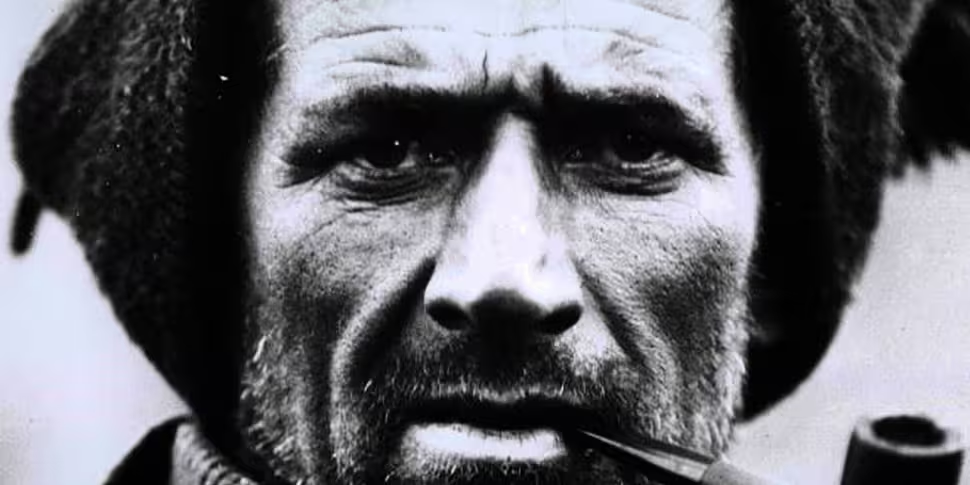From 1895 to 1917, the frozen tundra of Antarctica was a hotbed of exploration and adventuring, with trips to make it to the South Pole and cross the landmass pushing mankind to the limits of endurance, occasionally with tragic ends. The humble dwellings built for the expeditions were only meant to last a few years, originally for the 1910 to 1913 Terra Nova mission, and then as a launch place for the ill-fated transcontinental trek.
How the restored building looks now [Antarctic Heritage Trust]
Now, more than a century later, dozens of experts and historians working for the Antarctic Heritage Trust finally raised the funds to restore the wooden structures to their original condition. The buildings have been encased and crushed by ice during wintertime, and flooded by melt water during the summer, meaning that conservationists had to act fast in order to protect their exposure to the elements.



The interior of the restored building [Antarctic Heritage Trust]
"Anyone who has had the privilege of visiting these sites will realise they are very special," Antarctic Heritage Trust executive director Nigel Watson told CBS. "You go into them and they still filled with the objects of the original explorers, thousands upon thousands of objects - everything you might want 100 years ago if you were exploring an unknown continent at the bottom of the world."
Shackleton’s shacks contained more than 18,000 individual items used by the explorers, including clothing, scientific equipment and even an unopened case of whiskey.
While the conservationists said they were delighted to have completed their goal, they also described it as the “world’s most extreme conservation project,” enduring the extreme weather conditions and isolation during the process.
You can see how they completed the project below.










